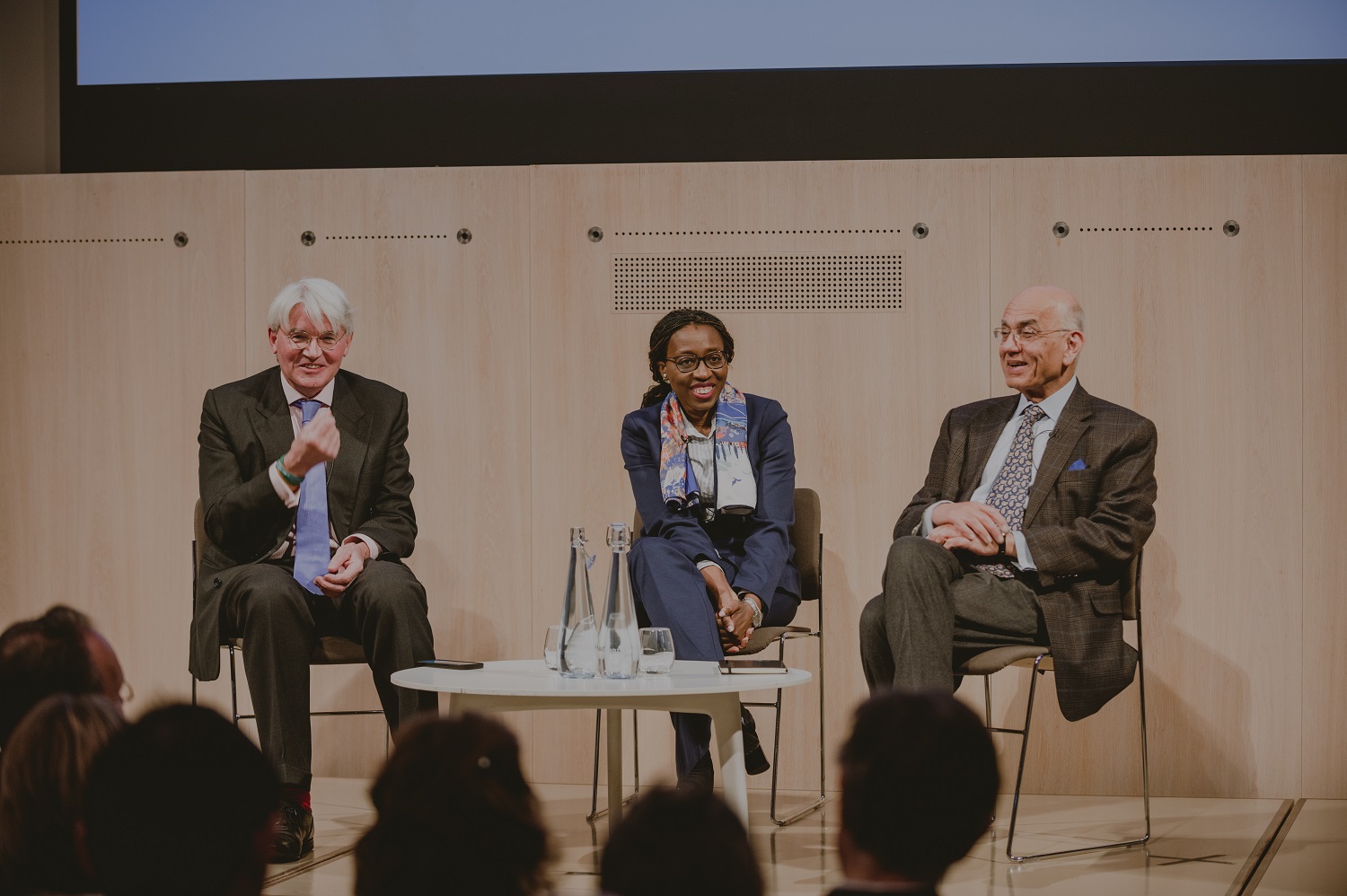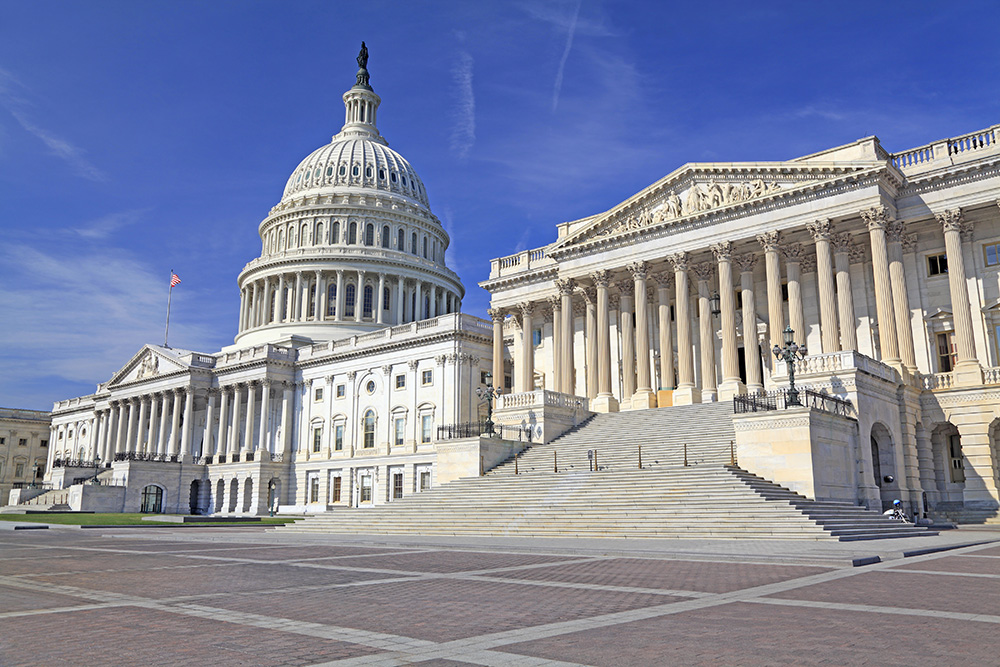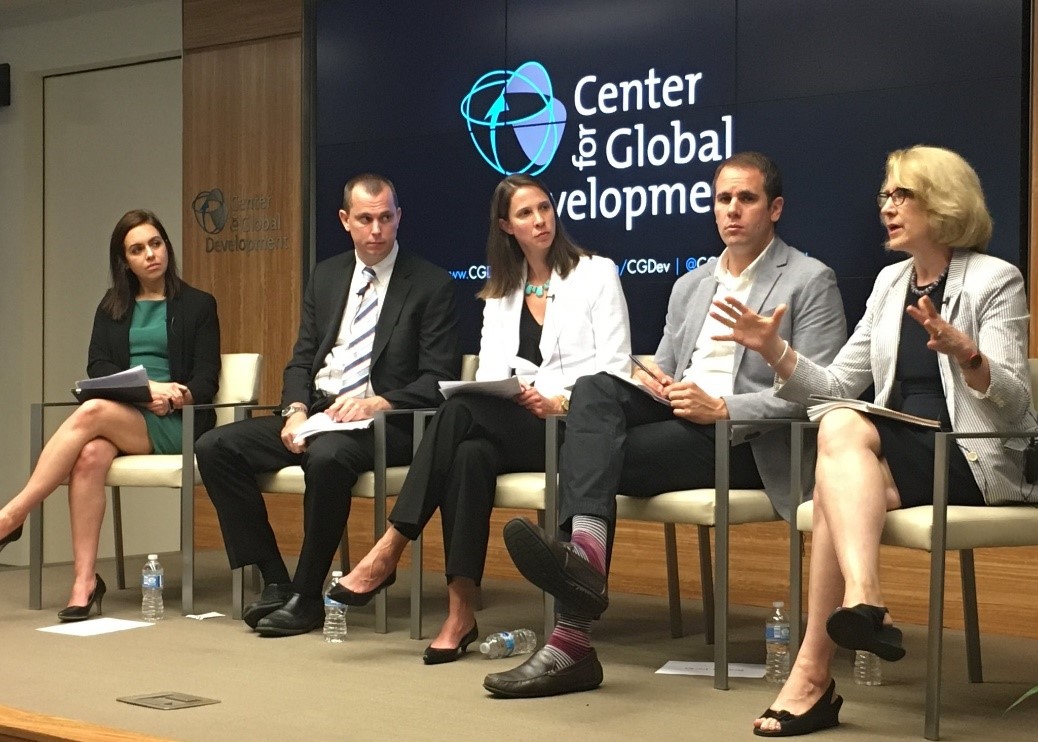At the World Bank and IMF’s Spring Meetings last week there was much discussion around 0.7 — that decades-old target whereby donors should provide aid equal to 0.7% of their GDP. But there’s a much more current and strategic conversation happening around 0.07% — the amount of assistance donors provide to improve domestic resource mobilization in developing countries. This rounding error goes toward high-impact efforts like improving revenue collection and customs capacity in developing countries. However small the amount, the US government is delivering an outsized impact in this area, which raises the question of why it isn’t doing even more.
With little fanfare, key agencies like USAID and the Treasury Department’s Office of Technical Assistance (OTA) have been assisting partner countries in these areas for years. In El Salvador, USAID invested roughly $6 million to help the country revamp and modernize its tax collection system. In just five years, the partnership helped to increase annual revenues by $350 million, with $160 million of that money being channeled toward social sector spending. That’s an annual return on investment of nearly 60%. Despite these returns, USAID is spending less than $20 million annually to boost domestic revenues. And yes, that’s a global figure.
Treasury’s OTA has a selective, demand-driven model for its efforts. With a total annual budget of under $40 million, OTA has active revenue, budget, and financial accountability programs in 20 countries. It only responds to invitations from country governments and then looks for clear political will to undertake meaningful reforms. In the Philippines, OTA is implementing a new payroll and human resources system that is expected to save 10% of payroll costs annually.
These US efforts are critical because of the potential size and targets of domestic resources. In developing countries alone, public domestic finance increased from $838 billion to $1.86 trillion over the last decade, offering additional resources for social-service delivery, public security, and physical infrastructure.
The potential for leveraging targeted aid to boost countries’ own domestic resources is particularly high with large US development partners. Take Nigeria, Bangladesh, Pakistan, and Ethiopia — all large recipients of US aid and countries with low resource mobilization rates. If these four countries increased their mobilization rates to the median level for all developing countries (14 percent), then they could generate an additional $32 billion in annual tax revenues. This is 21 times more than all existing US aid for these four countries.
The momentum around increased domestic development resources is increasing, and the United States should be at the forefront of assisting partner countries in these efforts. As US agencies build upon their DRM efforts, they should keep these key questions in mind:
- Are US efforts to assist partner countries in increasing resources reinforcing country ownership principles and strengthening the accountability of partner governments to their citizens?
- Do different policy environments necessitate different strategies for domestic resource mobilization efforts?
- Are there negative consequences of tax and expenditure policies on inequality? Would US assistance mitigate or worsen them?
- How are US agencies engaging with national and sub-national resource mobilization entities? With fiscal devolution, can US agencies target assistance at the provincial level where it is sometimes most needed?
- Do US agency domestic resource mobilization strategies include utilization plans? That is, do partner countries ask for (and does the United States provide) technical assistance for how countries might better utilize resources once they have been mobilized? And relatedly, should they?
CGD blog posts reflect the views of the authors, drawing on prior research and experience in their areas of expertise.
CGD is a nonpartisan, independent organization and does not take institutional positions.





